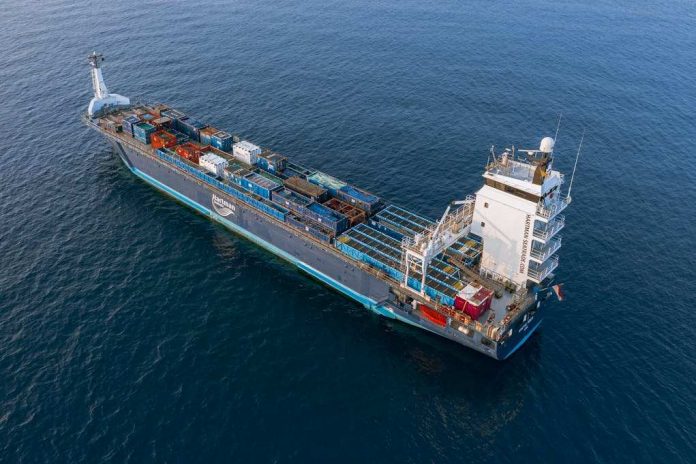
When the freighter struck the Scott Key Bridge in Baltimore causing the bridge to collapse, it left many Americans in shock.
But the disaster is not just a headache for commuters in Maryland, this incident is going to create some major problems for every American.
That’s because the collapse of a key bridge is setting off a chain of events that will affect the U.S. supply chain and send shockwaves through the entire economy.
The Port of Baltimore is “out of commission”
The Port of Baltimore is the largest handler of U.S. imports and exports of cars and light trucks in the country.
According to a report from Bloomberg, the port will likely be “out of commission indefinitely,” causing a massive bottleneck that could affect the nation’s supply chain.
Coupled with Houthi missile strikes in the Red Sea and low water levels in the Panama Canal, the entire global supply chain could feel the effects.
Over 750,000 vehicles came through the Port of Baltimore just last year, based on data from the Maryland Port Administration.
It’s also the largest U.S. port by volume for farm and construction machinery, agricultural products, and more as many retailers rely on the port to get their goods.
Home Depot, IKEA, and Amazon are just a few of the larger companies that utilize the Port of Baltimore to import their products.
Other top imports include crucial commodities like sugar and gypsum.
According to Richard Meade, editor-in-chief of the shipping journal Lloyd’s List, “This will have an impact for trade all along the East Coast and it will continue until we know how quickly [the port will reopen].”
Meade said ships were being diverted to New York and Virginia, and “There will be dozens of diversions in the next week and hundreds in the coming months as long as Baltimore is shut down.”
Maryland Governor Wes Moore said that over 52 million tons of foreign cargo worth around $80 billion was transported out of the port last year.
Data from Lloyd’s List shows that the Port of Baltimore is the 11th largest port in the country, and it saw an average of 207 calls per month last year.
Aside from the port itself, the portion of I-695 that was destroyed is the “second busiest strategic roadway in the nation for hazardous material,” noted journalist Lara Logan.
The bridge was specifically built to move hazardous materials, like fuel, diesel, gas, propane, nitrogen, chemicals, and flammable materials, as well as any oversized cargo that is unable to fit into nearby tunnels.
The bridge could remain unusable for two years
While engineers may have differing opinions on a definitive timeline to rebuild the Scott Key Bridge, one expert said it could take over two years.
Trade will need to reroute in the interim, but it may take several years before the bridge is engineered and rebuilt correctly.
Meade thinks it will be “in excess of two years,” noting that there will be “significant disruption and cost to this infrastructure project.”
“In 1977, the bridge cost $60 million. Take in inflation and the rapid pace to redesign and build will increase procurement premiums. This will be a very expensive project,” he added.
During a press conference, Transportation Secretary Pete Buttigieg said the tragedy would result in a “major and protracted impact on supply chains.”
Informed American will keep you up-to-date on any developments to this ongoing story.










